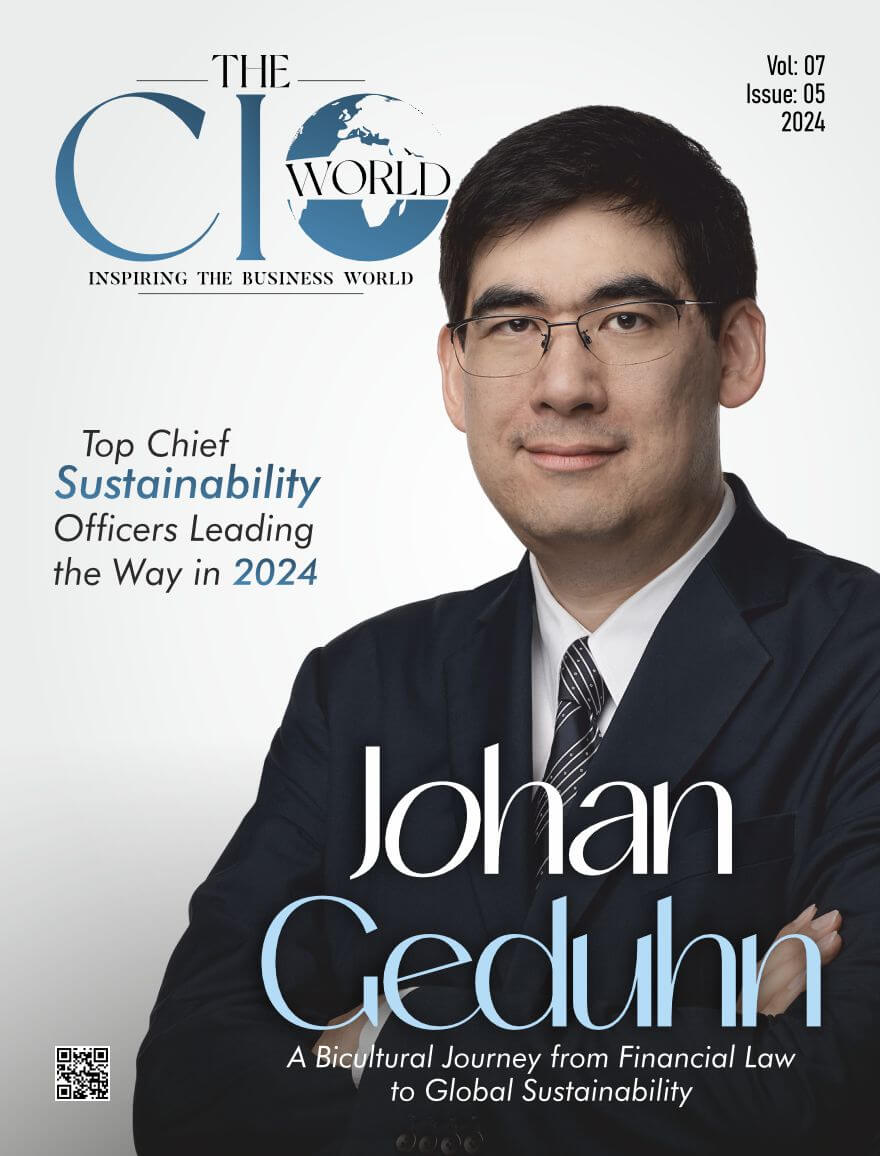The bank is pressured to release more funds to combat climate change, but one expert believes this measure falls short.
Under pressure to do more to assist developing countries in dealing with climate change, World Bank President David Malpass said on Thursday that the World Bank might modify its internal lending guidelines to allow an additional $4 billion in general grants each year.
Overview
One of the bank’s primary goals is to reduce greenhouse gas emissions and assist countries in adapting to climate change. This mission is becoming more central to how the bank spends money as part of an ongoing reform process. According to Malpass, the reduced equity-to-lending ratio would free up more resources at the same time when global challenges such as the Ukraine war are mounting.
The bank’s board, which is made up of governors chosen by its member countries, is expected to decide on the issue by the end of the April meetings of the bank and the International Monetary Fund.
The World Bank had long argued that changing its capital adequacy rules would jeopardize its AAA credit ratings. However, two of the three major agencies said last year that some changes were possible without that happening to the ratings.
According to Kevin Gallagher, director of Boston University’s Global Development Policy Center, the proposal under consideration represents progress after years of opposition from the World Bank. Still, more changes and a capital increase are required.
“It’s a significant step forward, although only $ four billion of hundreds of billions that the G20 has stated can be stretched to meet our shared climate goals. They’ve failed if this is all they do,” he concluded.
End Note
A report released last year concluded that developing countries must secure $1 trillion annually in external financing for climate by the end of the decade. To match it with their funds to reduce emissions, boost resilience, deal with climate change damage, and restore nature and land.







